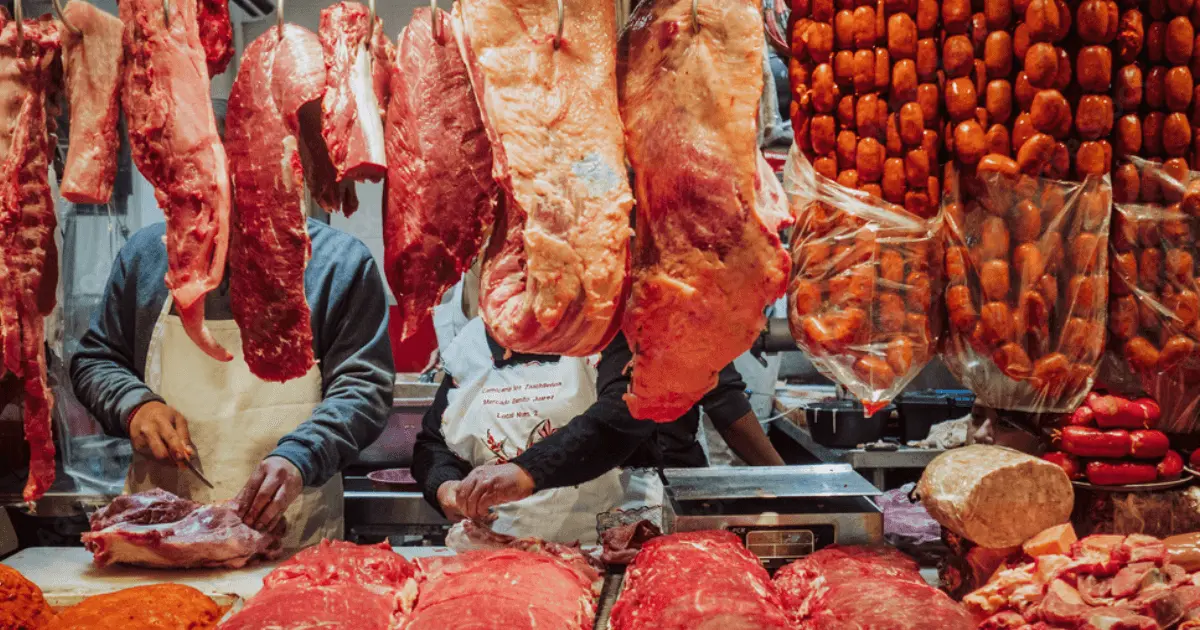Uncover the Art of the Butcher's Cut in a Modern Meat Market
In the ever-evolving landscape of contemporary meat markets, the butcher's cut has transcended its conventional origins, combining olden workmanship with modern methods. What genuinely sets the contemporary butcher apart is their capability to forge a much deeper link in between consumers and the beginnings of their meat.
Evolution of Butchery Strategies
The development of butchery strategies mirrors an abundant tapestry of advancement and adaptation driven by improvements in innovation, changes in consumer need, and a deeper understanding of meat scientific research. Historically, butchery was a craft passed down with generations, with approaches refined over centuries to optimize return and taste. Nonetheless, the industrial transformation introduced mechanization, changing standard methods and making it possible for large handling.
The mid-20th century saw butchery methods further improved by scientific insights right into muscle biology and meat aging, improving both tenderness and preference. Developments like vacuum cleaner packaging and refrigeration extended product shelf-life, enabling butchers to expand offerings and boost quality assurance. This period also noted the surge of customized equipment, such as band saws and meat slicers, which raised accuracy and efficiency in meat handling.

Electronic systems currently aid in tracking pet provenance and enhancing cuts to satisfy particular client choices. Additionally, a renewal in artisanal butchery has actually arised, blending standard abilities with modern knowledge to cater to consumers seeking honest and sustainable meat alternatives.
Comprehending Meat Cuts
Comprehending the intricacies of meat cuts is necessary for both butchers and customers looking for high quality and worth. For butchers, exact cuts mirror skill and respect for the craft, making sure marginal waste and optimum yield.

Comprehending muscle composition is vital; muscular tissues made use of much more often by the pet often tend to be tougher and are best fit for slow-moving cooking methods, while less-used muscles, like those discovered in the loin, are much more tender and perfect for grilling or roasting. Knowledge with these differences encourages customers to make enlightened options, boosting their culinary undertakings.
Picking Top Quality Meat
Selecting the appropriate meat involves greater than simply picking an aesthetically appealing piece from the screen. bagley farms meat market edwardsville il. The art of selecting quality meat calls for a discerning eye and knowledge of certain attributes that symbolize freshness and excellence. Pay interest to the shade; beef ought to have a brilliant, cherry-red shade, while lamb must show a soft pink tone, and pork a light pink. This suggests the meat is fresh and hasn't been revealed to oxygen for too long.
Secondly, consider the marbling, which describes the white flecks of fat within the muscle. Appropriate marbling is a key indicator of tenderness and taste, as it thaws during food preparation, boosting the meat's juiciness. Keep in mind, higher marbling frequently correlates with exceptional quality cuts, such as USDA Prime.
Texture is another essential element; meat should really feel solid check my site to the touch, not slimy or overly soft. In addition, be conscious of the scent. Fresh meat should have a clean, neutral odor, devoid of any sour or repulsive smells.
Coupling Cuts With Cooking Techniques

Conversely, harder cuts like brisket and chuck roast are rich in collagen, which breaks down into gelatin when cooked gradually. These cuts are suitable for braising or slow-moving roasting, allowing the meat to tenderize in time and develop deep, complex flavors. In a similar way, cuts such as short ribs and pork shoulder get on well with slow-cooking techniques, where extended cooking times change their robust appearances right into succulent recipes.
Lamb shanks and oxtail, which require extended cooking to tenderize, are ideal candidates for cooking or slow-moving simmering. These techniques coax out rich, hearty flavors while preserving wetness. By comprehending the distinct characteristics of each cut, chefs and home chefs alike can raise their cooking developments, guaranteeing each dish is both satisfying and unforgettable.
The Butcher's Role Today
Browsing the developing landscape of the modern meat market, the butcher's role today expands beyond plain prep work of cuts. Contemporary butchers are culinary artisans, teachers, and advocates for sustainable methods.
In addition to crafting specific cuts, butchers currently engage directly with clients, offering cooking advice and customizing choices to fit individual requirements and preferences. Their expertise in meat aging, marbling, and flavor profiles empowers customers to make enlightened decisions, improving their culinary experiences. This customized solution exhibits the butcher's evolving role as a trusted advisor in the kitchen area.
Moreover, butchers click to investigate are critical in minimizing waste, utilizing entire pets to produce varied items such as sausages and supplies. This extensive strategy not only values the animal but additionally straightens with contemporary sustainability objectives. By doing this, the modern-day butcher symbolizes both practice and development, adapting to an ever-changing market while protecting the virtuosity and stability of their craft.
Conclusion
Proficiency in recognizing diverse meat cuts and high quality signs encourages butchers to provide informed suggestions, aligning details cuts with optimum cooking techniques. By honoring historical methods while welcoming modern demands, the butcher's role stays vital in today's innovative meat market.